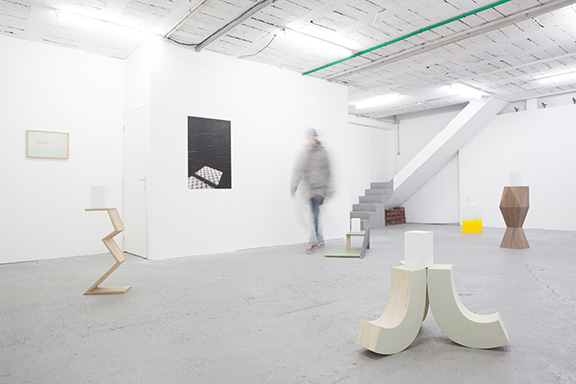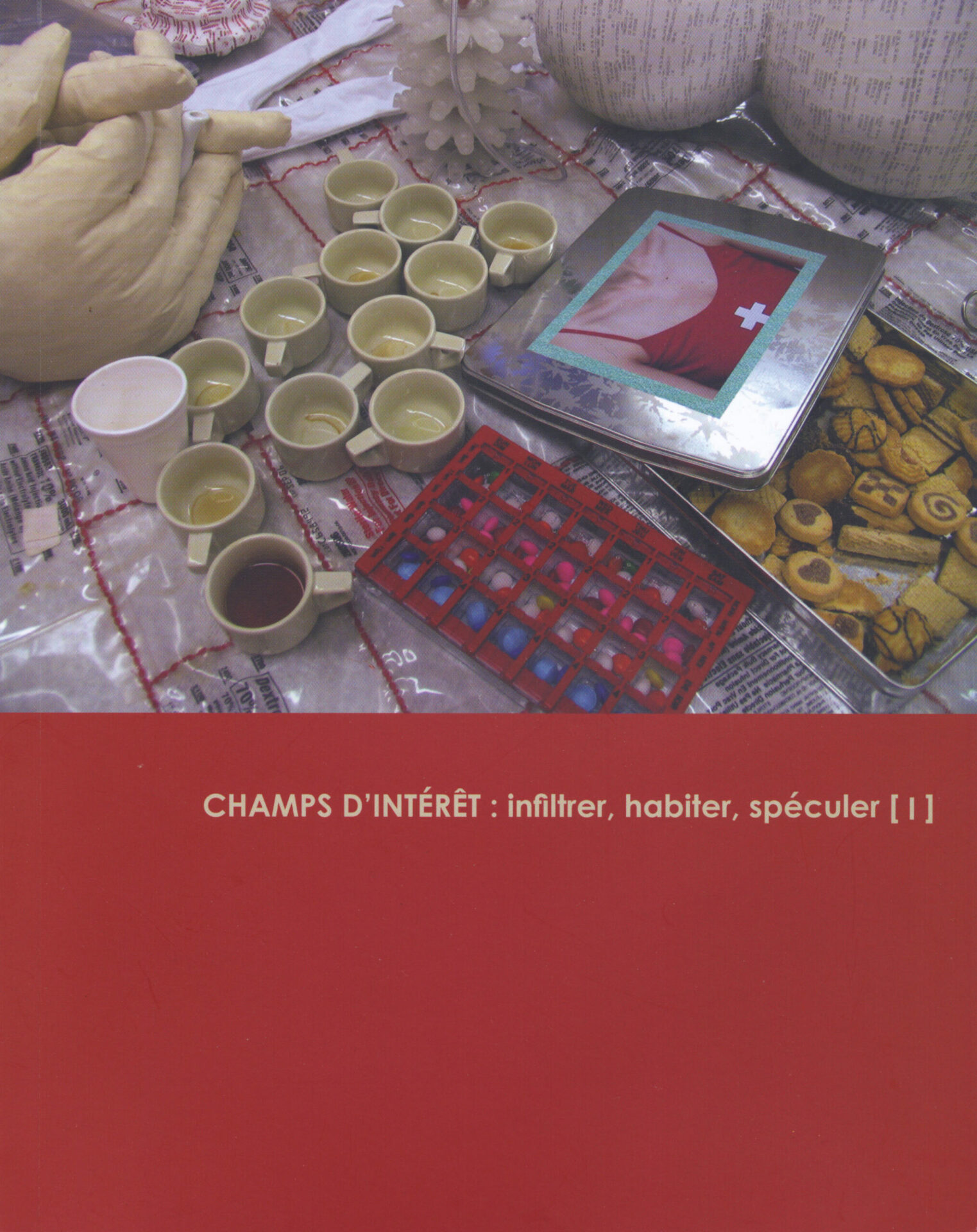
photo : David Levene © Tracey Emin, courtesy of Hayward Gallery, Southbank Centre, London
[En anglais] Is Tracey Emin the best artist to represent contemporary Britain? The high profile solo show Love is What You Want, part of the Festival of Britain’s sixtieth anniversary exhibition, appears to suggest as much. Regardless of how varied the opinions about her work, she is probably the most well-known living artist in Britain. For the most part, this is due neither to technical skill nor a sense of the aesthetic; it is the result of her ability to court media attention. Emin has been consistent in producing a body of work that is so tightly interwoven with her private life as to be indis-sociable from it, and has managed to remain in the public eye for more than twenty years. As a result, we feel that we “know” her just as we know friends with boundary issues.
Love is What You Want is a large-scale exhibition meant to survey Emin’s career by presenting works for which she is famous along with lesser-known pieces. Surprisingly, the works for which she is most infam-ous — My Bed, for which she received a Turner Prize nomination, and Everyone I Have Ever Slept With (1963-1995), which has come to be known simply as “The Tent” — are not included in this otherwise thorough pro-file.
The Blanket series, hung on the walls of the first room, has a familiar charm with quaint references to feminist appropriation of traditional crafts offset by the dark tone of the stitched statements. Along with the spectacular form of Knowing My Enemy, a partially collapsed pier with a wooden shed at its end, the series is meant as a potent first chapter for the biographical narrative constructed by the curators. Yet the tone soon wavers with the superficial glow of neon signs spelling out banalities such as “Is anal sex legal? Is legal sex anal?” in pulsating coloured lights, and short films that lack both content and an aesthetic approach.
Certain displays highlight the key role of the narratives created by the artist. All the works illustrating the trauma of her miscarriage and abor-tions transcend the personal when juxtaposed with writing that describes these experiences in a matter-of-fact tone that dispels self-pity or exhib-itionism. The exhibition also includes a surprising series of small-scale paintings. Somewhere between abstraction and self-portraiture, the crude and softly coloured images contrast with the violent tones of Black Cat, a large painting influenced by Edgar Allan Poe. In spite of the few elements of surprise, the exhibition confirms what we already know about Emin: she thrives in the familiarity generated by the most efficient aspect of her art, that is, the creation of a public persona.




